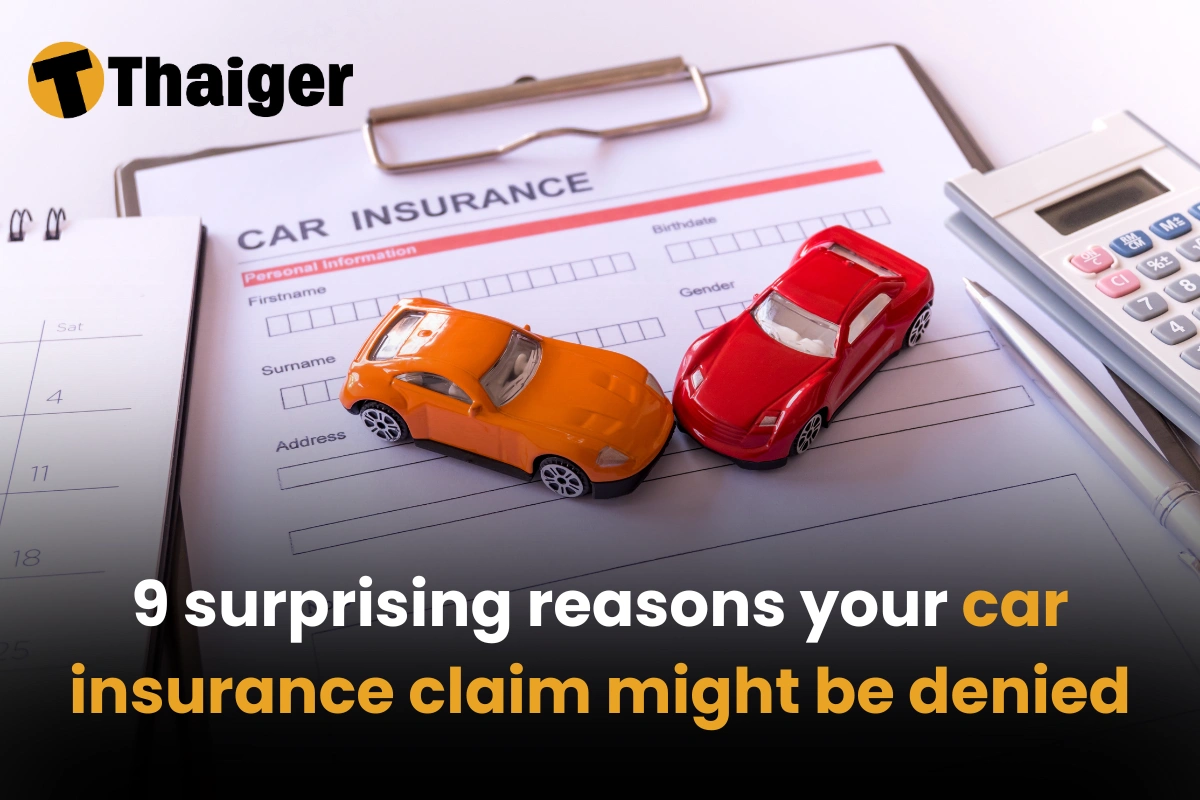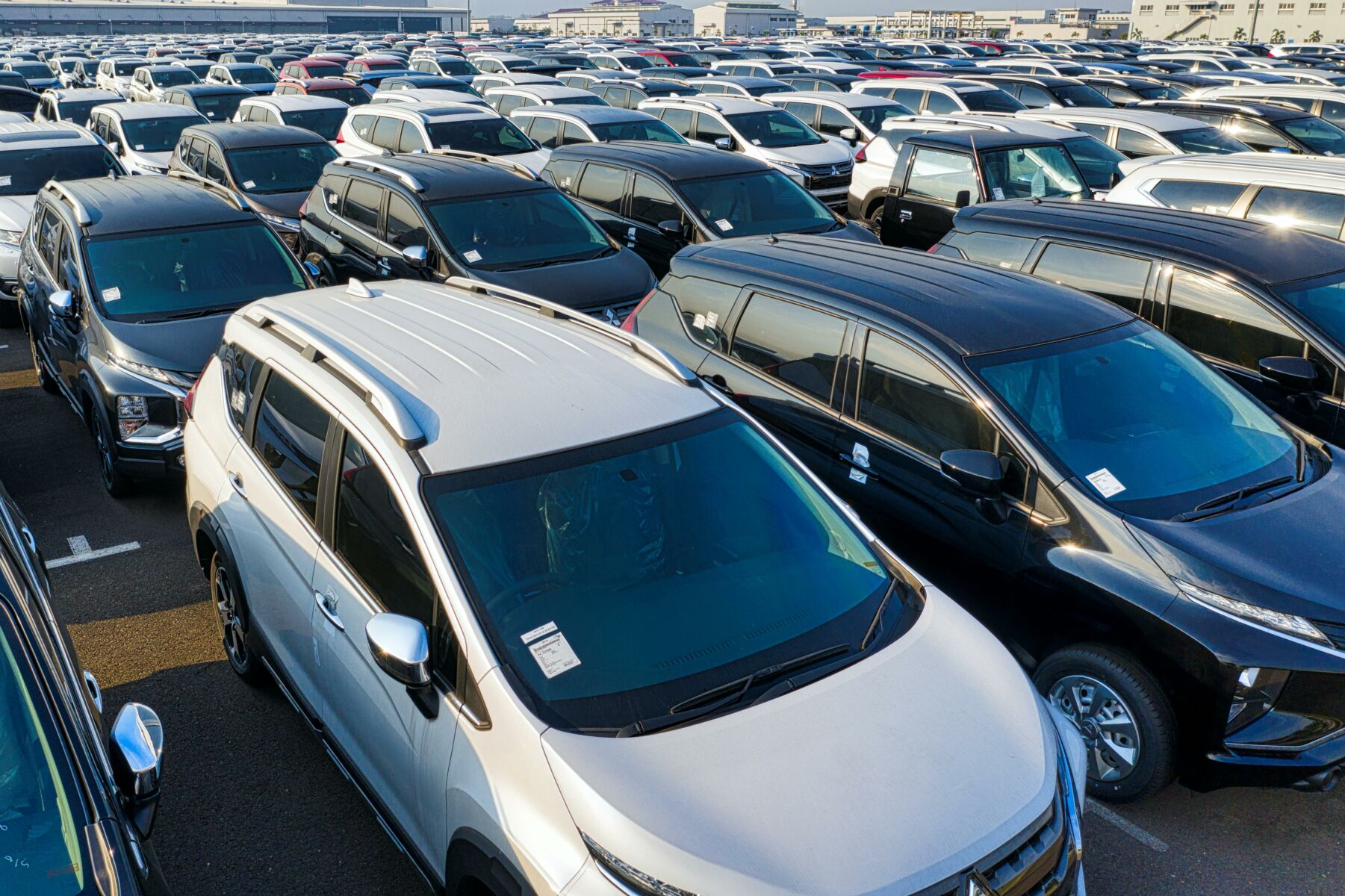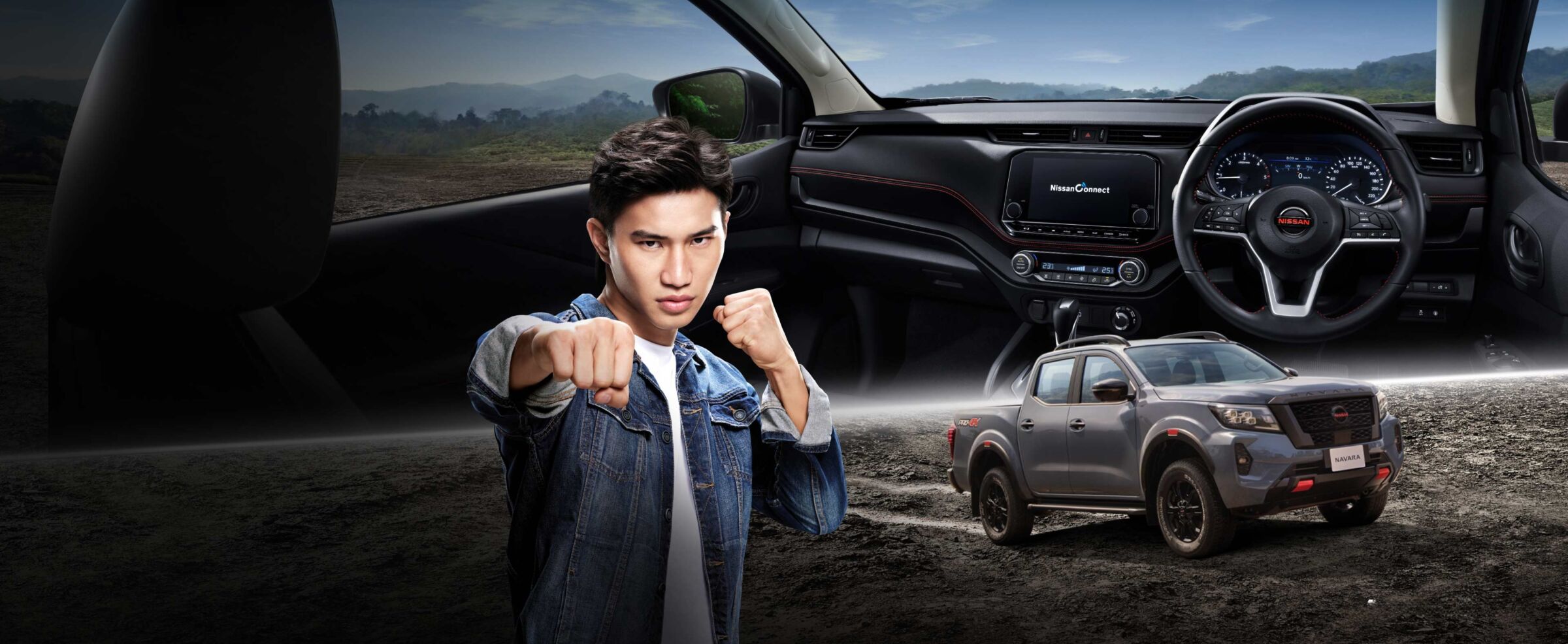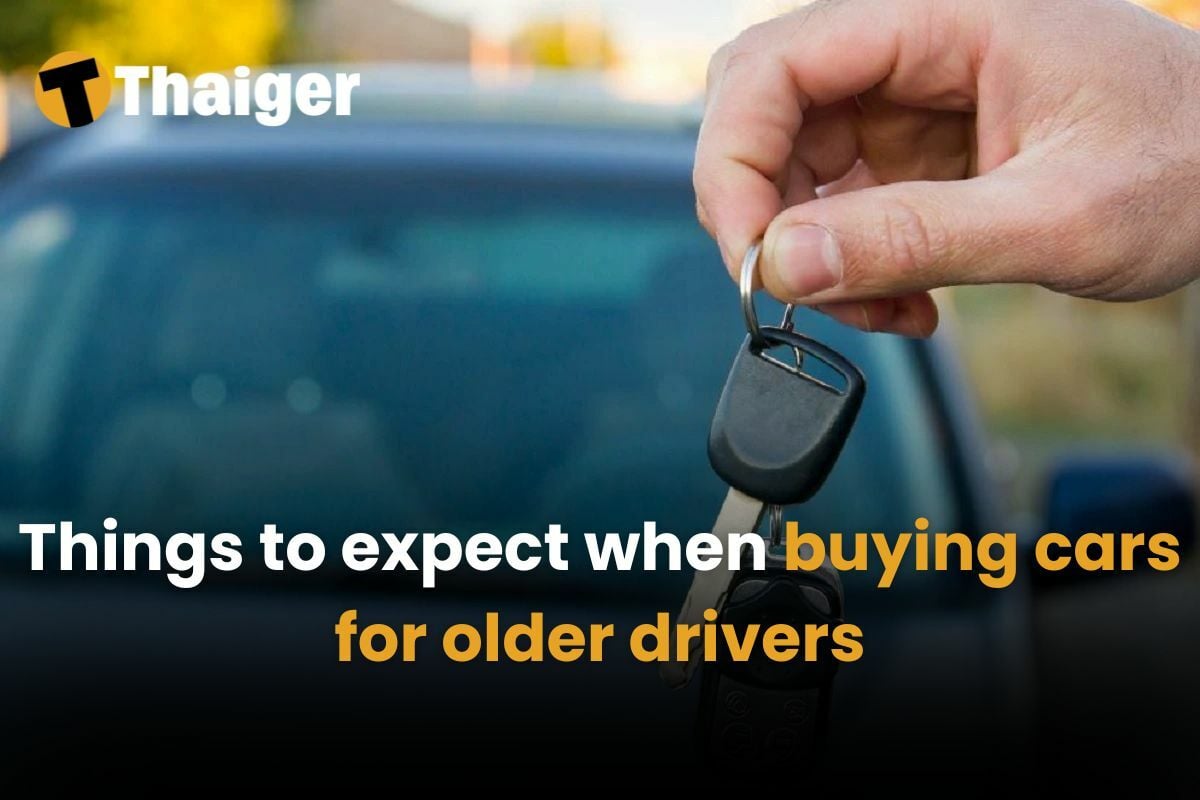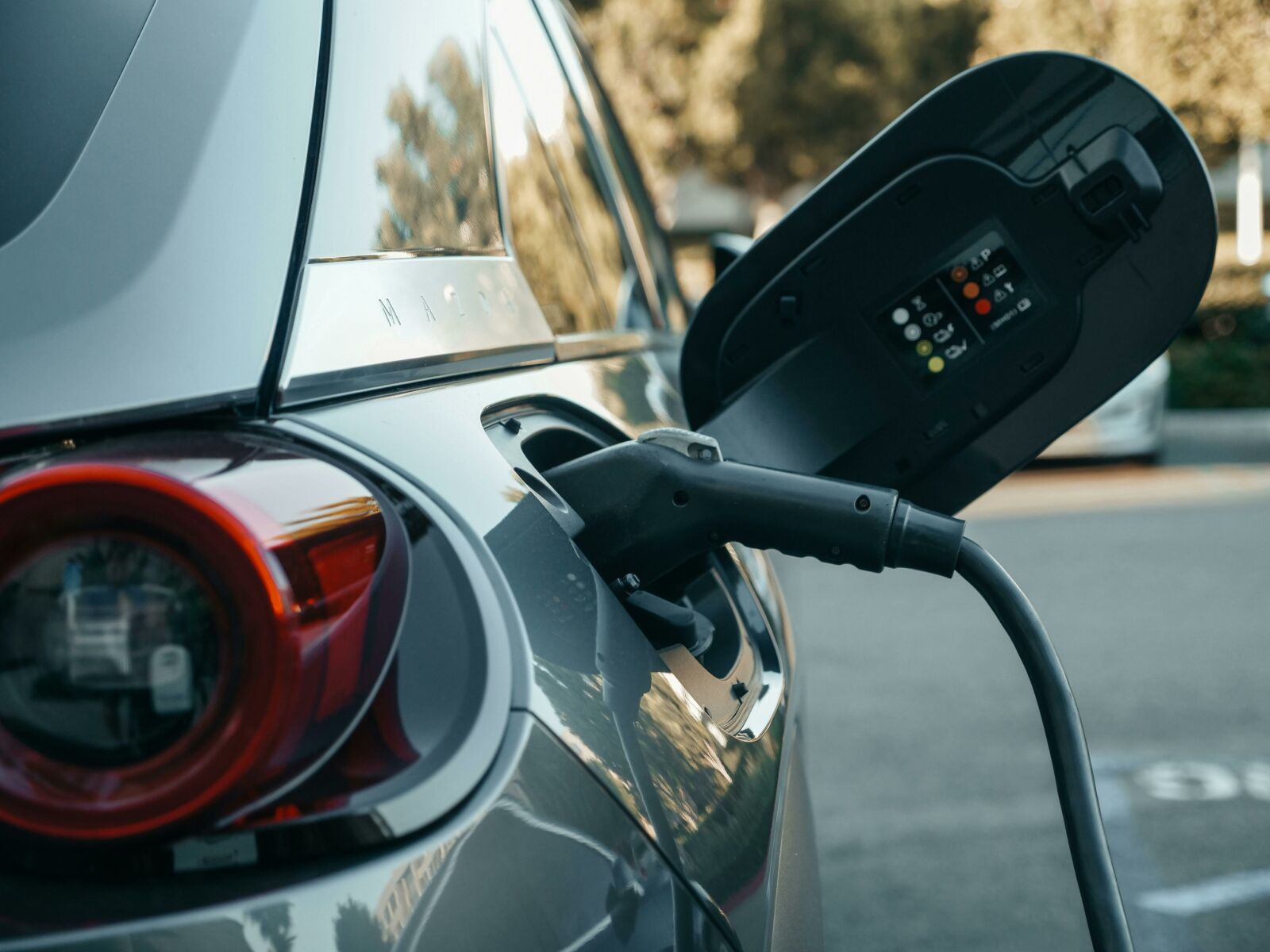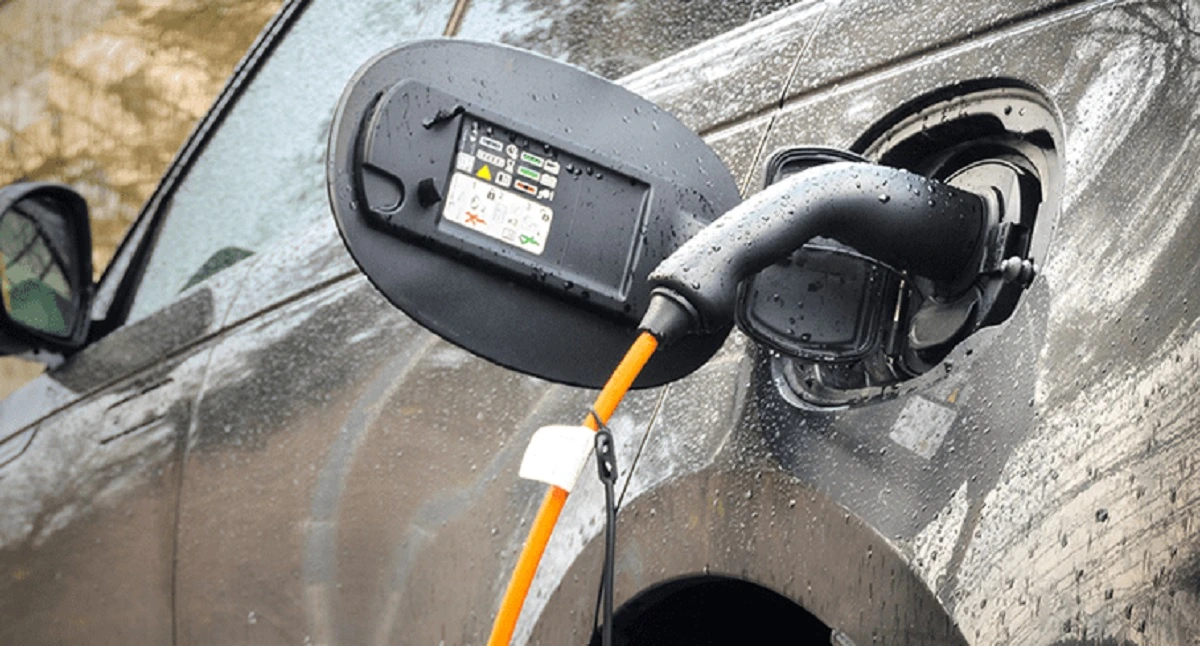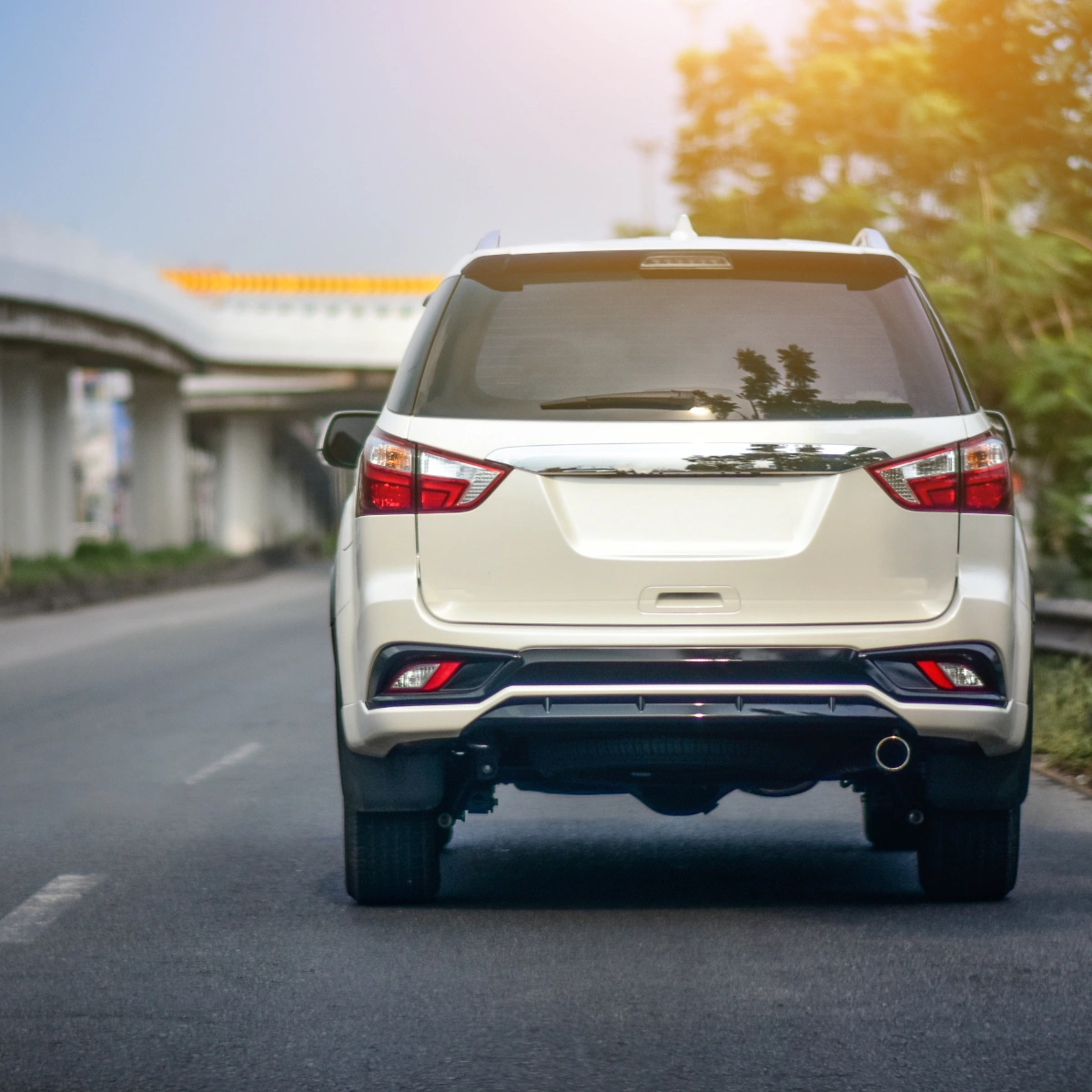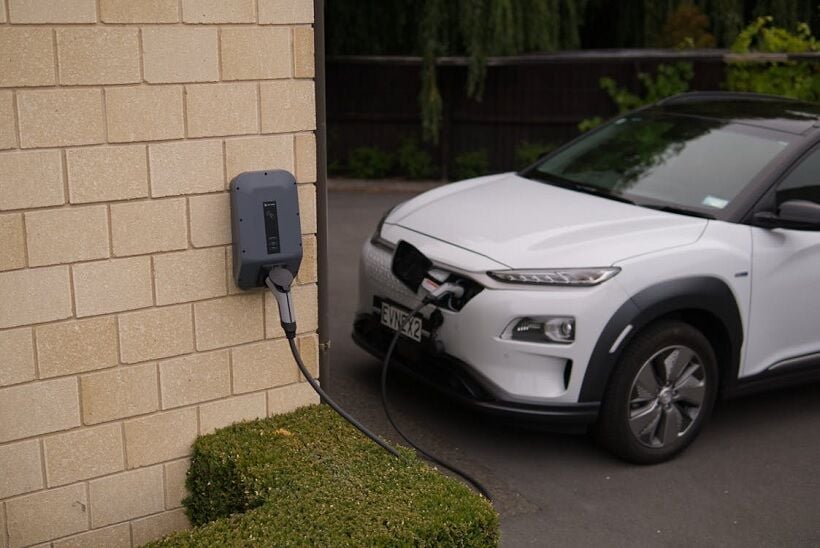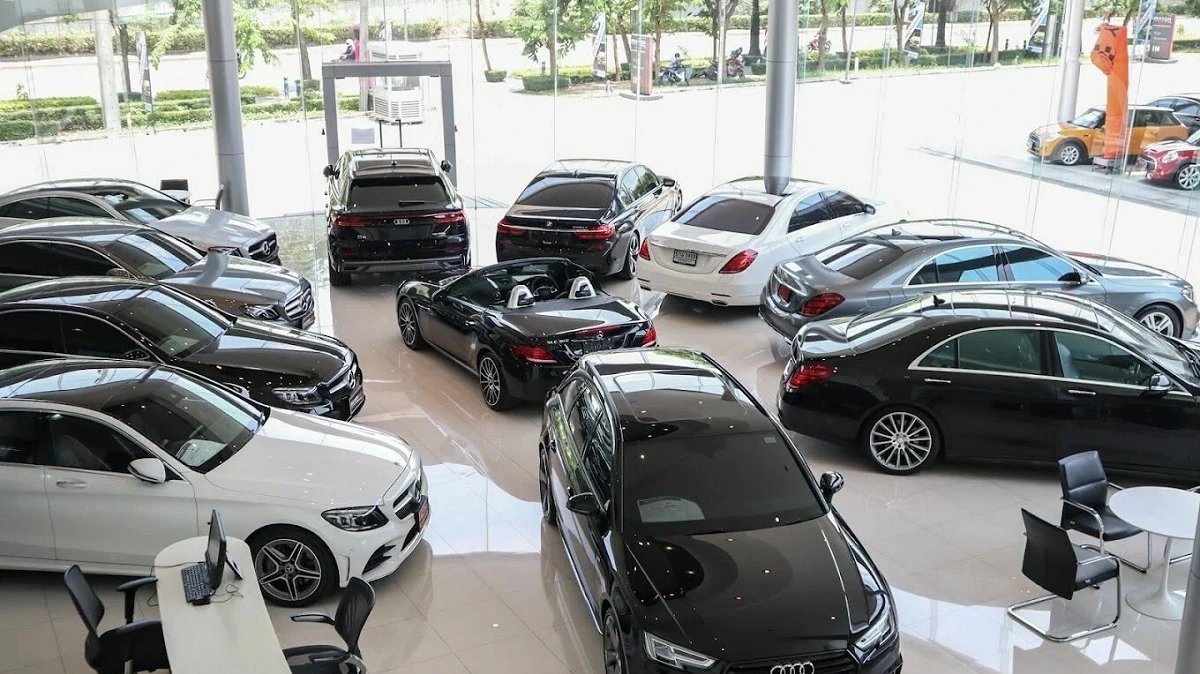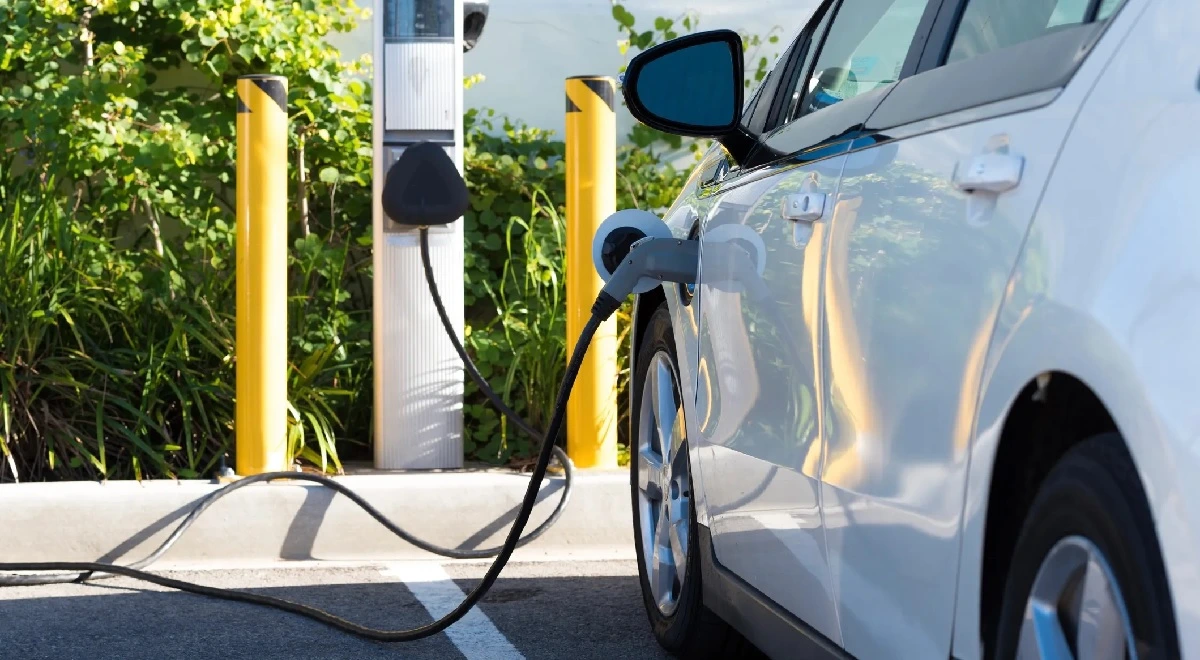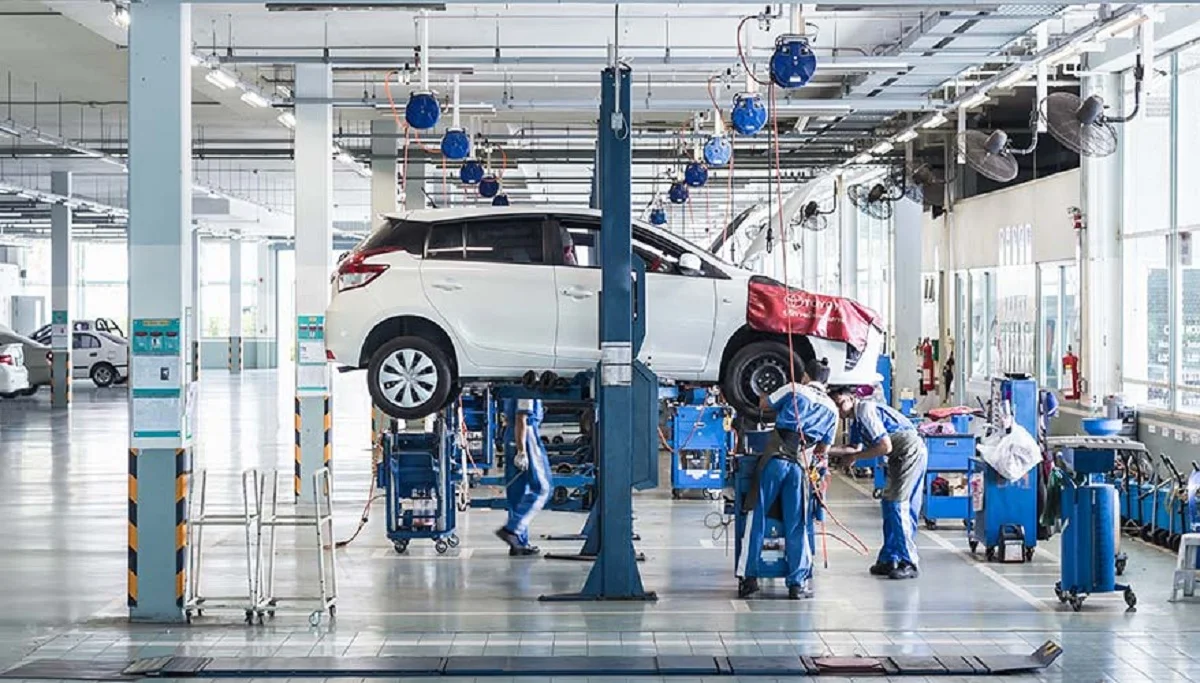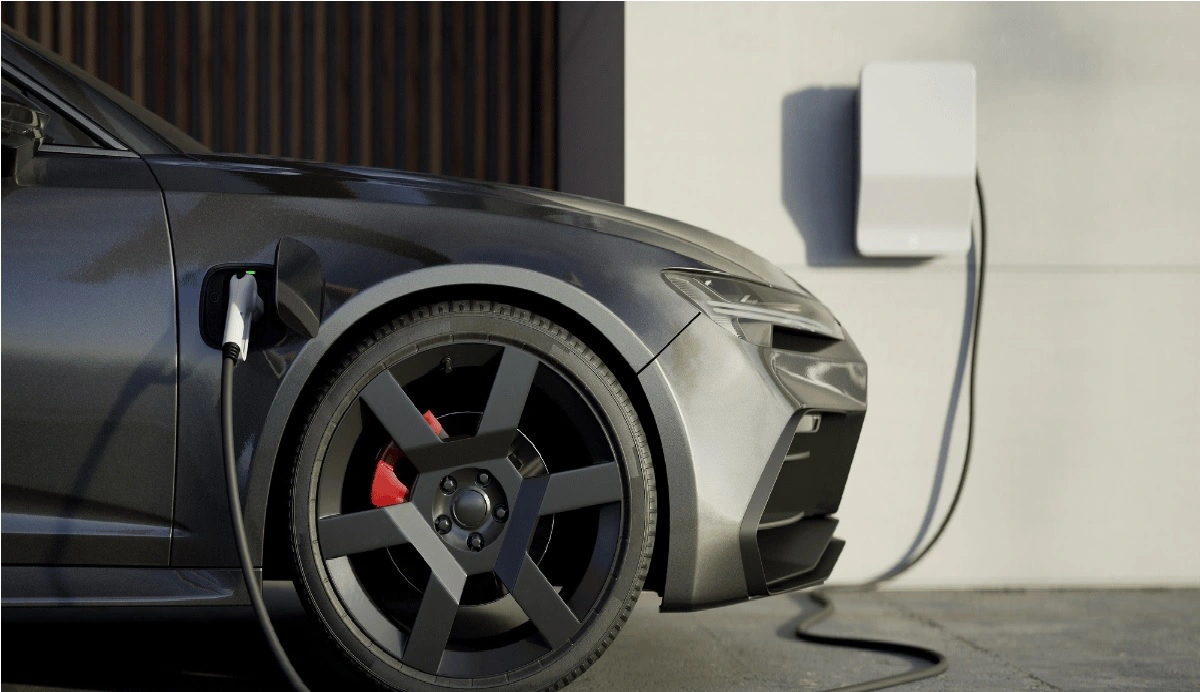Automotive
5 stunning motorcycle routes in Thailand to take
Thailand is a paradise for motorcyclists, offering some of the most stunning and diverse routes in Southeast Asia. Whether you’re a seasoned rider or someone looking for a new adventure these are some suggested routes that any rider should take once in their lives. For...
-

9 surprising reasons your car insurance claim might be denied
Car insurance is important for drivers in Thailand. However, even most insurance packages including comprehensive Type 1 insurance have exclusions that could lead to claim denials. Understanding why car insurance claims are denied can help you avoid surprises and protect yourself better. This article explains the common reasons claims are rejected and how to handle …
-

Thailand’s automotive production lowest since pandemic
Thailand’s automotive sector faces a significant downturn in 2024, with the Federation of Thai Industries (FTI) projecting annual vehicle production to hit 1.5 million units, marking the lowest output since 2021’s pandemic-affected figures. Speaking at a briefing today, November 25, FTI automotive industry group spokesperson Surapong Paisitpatnapong announced this second downward revision of the year. …
-

The best small cars to use in Thailand
These days when in big cities like Bangkok, it seems that everyone is getting cars that are massive and make driving inside a soi a herculean task. However, on the opposite spectrum of that trend, it seems like small cars can be a good choice of transportation in Thailand, especially in said busy cities. Their …
-

Revving down: Nissan shifts gears with Thai job cuts
Nissan Motor Corporation is gearing up for a major reshuffle in Thailand, as the automotive giant plans to slash or relocate around 1,000 jobs amidst its sweeping global workforce reduction strategy. This hard-hitting news comes from insider sources who leaked the story to Reuters, albeit under the cloak of anonymity due to their lack of …
-

Does the hot weather in Thailand affect cars?
Thailand’s hot weather can be a real test for your car. With temperatures often climbing above 40°C, the intense heat doesn’t just make you sweat; it puts your vehicle under considerable stress. This extreme weather can lead to overheating engines and tyre blowouts, making driving a potential hazard. As the heat rises, your car’s performance …
-

Types of illegal vehicles and how to report them in Thailand
Illegal vehicles extend beyond those lacking proper approvals. They also encompass vehicles modified to bypass emission control systems, such as diesel particulate filters and catalytic converters, adversely affecting air quality and public health. Reporting these vehicles is crucial in addressing this issue. Despite facing procedural challenges and suspensions, the ability to identify and report illegal …
-

How to do the online training and renew your driver’s licence in Thailand
If you’re living in Thailand, renewing your driver’s licence might feel like a bit of a mystery. In the past, it often required a trip to the Department of Land Transport (DLT) and involved long waits. Luckily, Thailand now offers an online option that lets you complete the required training and, in many cases, even …
-

Things to expect when buying a car for older drivers
Recognising the changing needs of older drivers is essential. As we age, we often experience shifts in strength, mobility, flexibility, vision, and reaction times and these changes may reduce confidence behind the wheel. When buying cars, it’s important to consider how these factors impact comfort and control for older drivers. Safety should be the top …
-

Why are cars so expensive in Thailand?
Cars in Thailand come with hefty price tags, leaving many people wondering why they’re so expensive. The rising cost of both new and used cars in Thailand can be confusing, but by looking into the factors behind these prices, we can uncover a complex combination of taxes, import duties, and market forces that contribute to …
-

Auspicious dates to buy a car in Thailand
If you’re planning to buy a car in 2024, timing is everything. In Thailand, it’s not just about finding the best deals, it’s also about luck. Thais take their superstitions seriously, and many believe certain dates bring better fortune when making big purchases, like a new car, used vehicle, or motorbike. Whether you’re looking for …
-

How to register your vehicle online in Thailand
For vehicle owners, especially those with cars or motorcycles under five years old, this new system simplifies renewing your registration. Even if your vehicle is older, the process has been made straightforward, requiring a technical inspection before re-registration. This ensures your vehicle meets safety standards, covering checks on lights, brakes, and exhaust. With just a …
-

Why boarding is on the left side of the plane
Ever wondered why you always board a plane from the left side? This seemingly trivial detail is actually steeped in aviation tradition and practicality. As you step onto the aircraft, you’re participating in a practice that dates back to the early days of flying, when aviation pioneers established conventions that continue to shape modern air …
-

How to change tyres on a budget in Thailand
If you are driving or following any transportation in Thailand, you know how crucial it is to have reliable tyres. But finding quality tyres at a reasonable price can feel like searching for a needle in a haystack. What if I told you there’s a way to change your tyres without breaking the bank? In …
-

Alef Aeronautics first flying car in Europe: will it come to Thailand?
Imagine zipping through the skies, bypassing morning traffic jams and arriving at your destination in record time. This is not a scene from a sci-fi movie, it’s now a reality. Europe has just approved its first flying car, marking a monumental leap in transportation history. As someone who’s always on the lookout for cutting-edge innovations, …
-

Top 8 electric and hybrid SUVs in Thailand
Are you on the hunt for the ideal electric or hybrid SUV that strikes the perfect balance between style, efficiency, and affordability? You’re in luck! In 2024, some incredible options are available for around 800,000 baht in Thailand that are perfect for city living and family adventures. With spacious interiors and smart safety features, these …
-

7 types of used cars that you shouldn’t buy for use in Thailand
When buying a used car, it’s important to make smart choices to avoid costly mistakes. While it can be tempting to find a great deal, some cars are best avoided due to reliability, high maintenance costs, and safety issues. In this guide, we’ll share seven types of used cars you should skip, helping you make …
-

Discover exciting year end car launches in Thailand 2024
As 2024 approaches, the automotive industry in Thailand is gearing up for an exciting lineup of new car launches. With a focus on innovation, technology, and sustainability, manufacturers are set to unveil a variety of models that cater to the diverse needs of Thai consumers. This article highlights some of the most anticipated car launches …
-

Electric cars in Thailand floods: Should you continue driving
Thailand’s monsoon season brings not only heavy rains but also the inevitable floods that can disrupt daily life. If you’re an electric car owner, you might be wondering whether it’s safe to continue driving through these deluges. With electric vehicles (EVs) becoming more popular, understanding their performance and safety in flood conditions is crucial. Electric …
-

Best motor racing tracks in Thailand
If you’re a motor racing enthusiast looking for the ultimate adrenaline rush in Thailand, you’re in for a treat. The city boasts some of the best racing tracks that cater to both amateur drivers and seasoned pros. Whether you’re looking to test your skills or simply enjoy a high-speed thrill, Thailand’s racing circuits offer an …
-

Top cars built for Thailand’s rainy season
Travelling in Thailand’s rainy season can be a challenge, but the right transportation can make all the difference. Whether you’re commuting through Bangkok’s bustling streets or exploring the country’s scenic routes, you need a vehicle that can handle heavy downpours and flooded roads with ease. Choosing the right car ensures you stay safe, comfortable, and …
-

Best MPV car models for families
Are you looking for the perfect MPV for your family? These MPV cars offer comfort, safety, and plenty of space for everyone. Designed for daily drives and family trips, they provide ample room for passengers and luggage. With features like advanced safety systems and entertainment options, MPVs enhance your travel experience. Whether you need extra …
-

The future of electric vehicles in Thailand
As of 2024, Thailand has approximately 150,000 electric vehicles (EVs) on the road. This figure reflects a significant increase from previous years, driven by government incentives and a growing consumer preference for sustainable transportation. The Thai government aims for 30% of all vehicles produced in the country to be electric by 2030, further encouraging the …
-

The second-hand cars in Thailand starting at 100K baht
Looking for a reliable car without breaking the bank? Thailand’s second-hand car market offers a treasure trove of options starting at 100,000 baht. Whether you’re a budget-conscious student, or simply someone who values a great deal, there’s a vehicle out there that fits your needs and wallet. From compact city cars to sturdy pickups, you’ll …
-

Most trending EV cars in Thailand
Thailand is rapidly becoming a significant player in the electric vehicle (EV) market, driven by government incentives, a growing charging infrastructure, and increasing consumer awareness of the environmental benefits of electric cars. As the country aims to transition towards sustainable transportation, several EV models have gained popularity among Thai consumers. This article explores the most …
-

Are cars cheap in Thailand?
Thailand’s automotive market is unique, influenced by various factors such as import taxes, local manufacturing, and government policies. While you might find some great deals, it’s essential to understand the nuances that affect car prices here. From brand-new models to second-hand vehicles, the cost can vary significantly. Before making a decision, it’s crucial to weigh …
-

Automotive expos in Thailand that you should go
Thailand’s automotive expos offer a diverse experience for car enthusiasts and industry professionals alike. These events showcase everything from cutting-edge electric vehicle technology to timeless classic cars, showing the country’s pivotal role in the global automotive landscape. Main players events like the Bangkok International Motor Show, alongside specialized exhibitions such as Electric Vehicle Asia and …
-

Can foreigner drive cars in Thailand
Thinking of exploring Thailand by car? If you’re a foreigner, you might be wondering if you can legally drive in this beautiful country. Navigating the rules and regulations can be a bit daunting, but don’t worry, we’ve got you covered. Understanding whether you can drive in Thailand as a foreigner involves knowing about international driving …
-

Best online platforms to buy cars in Thailand
Looking to buy a car in Thailand but not sure where to start? Thankfully, the digital age has made car shopping more accessible than ever, with numerous platforms offering a wide range of options to suit every need and budget. In this article, you’ll discover the top online platforms that make car buying in Thailand …
-

Can you import your car into Thailand
Thinking of bringing your car to Thailand? Whether you’re relocating or planning an extended stay, importing your vehicle can be a complex process. Understanding the regulations and requirements is crucial to ensure a smooth transition. Thailand has specific rules for vehicle imports, including taxes, duties, and paperwork. From understanding customs procedures to knowing what documents …
-

Cost of owning an EV car in Thailand
Are you thinking about making the switch to an electric vehicle (EV) in Thailand? You’re not alone. With rising fuel prices and increasing environmental concerns, many are considering EVs as a smart and sustainable choice. But what does it really cost to own one? Owning an EV in Thailand involves more than just the initial …






